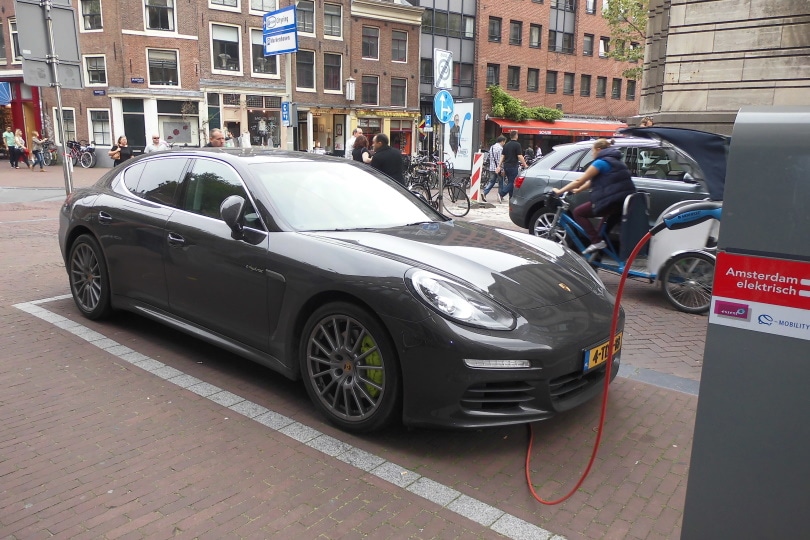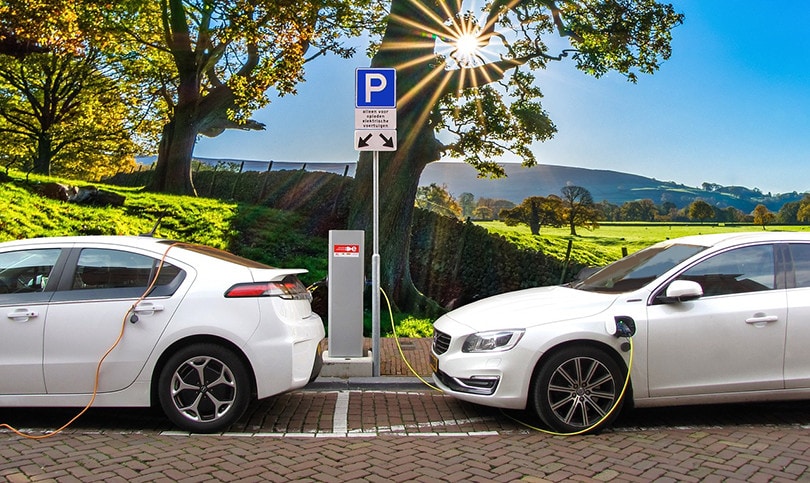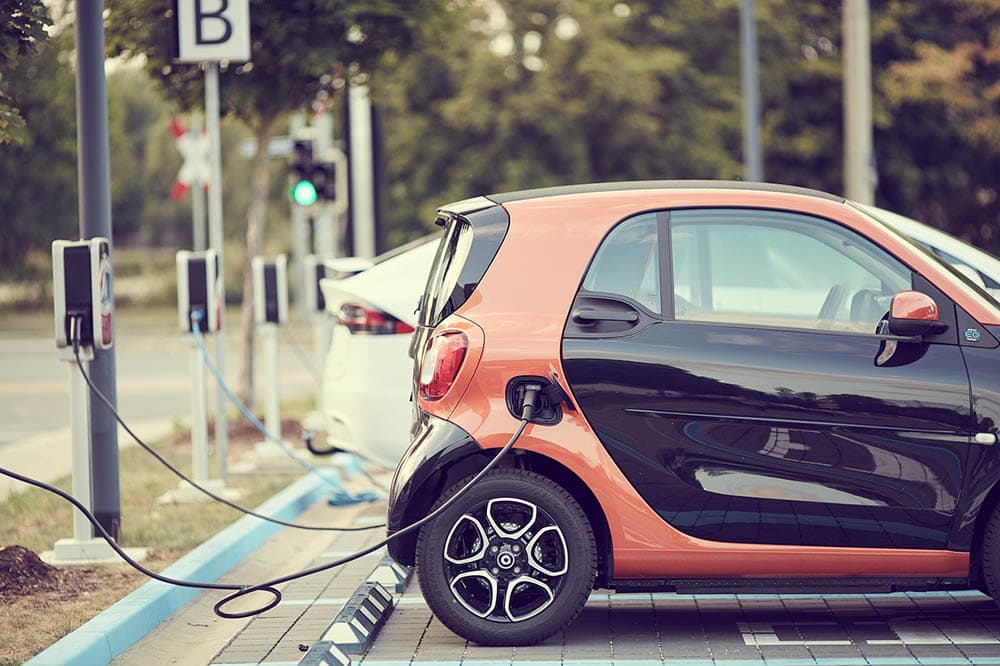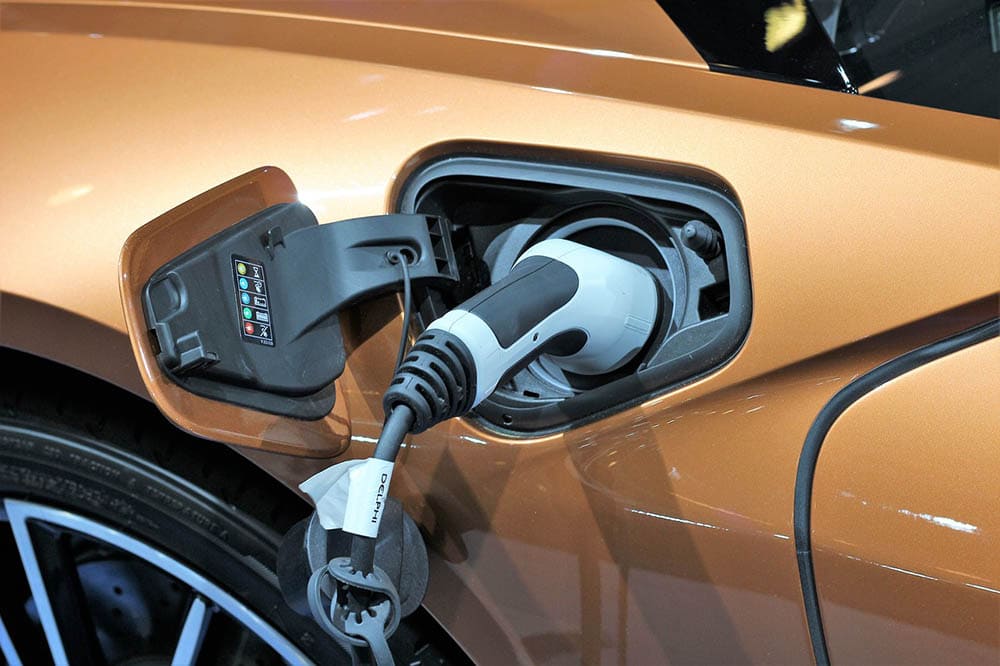What is a Zero-Emission Vehicle? Advantages, Disadvantages & FAQs
-

- Last updated:

A zero-emission vehicle is a type of vehicle that doesn’t need to produce any greenhouse gases to run correctly. Any vehicle that doesn’t emit carbon dioxide can be considered a zero-emission vehicle. Vehicles usually create power by using fuel made mainly by burning fossil fuels, which causes emissions and thus air pollution.
Zero-emission vehicles may help our planet and civilization. In this article, we will dwell a bit on zero-emission vehicles, how they work, and why they are so beneficial to the well-being of our planet.

What are Zero-Emission Vehicles?
Zero-emission vehicles are an exciting innovation. These electric vehicles run entirely free from any CO2 emissions. Scientists and manufacturers are trying to find a way to replace vehicles that produce large amounts of greenhouse gases. One way to do this is to create cars powered entirely by using renewable energy. These vehicles are just a beginning of a long fight to reduce the effect of all harmful gases emitted during traffic or even during the production of regular vehicles.
Hopefully, these vehicles will be a serious competitor or even a total replacement for conventional cars.

How do Zero-Emission Vehicles Work?
To understand the benefits of zero-emission vehicles, learning how they work to reduce pollution is crucial. The purpose of these vehicles is to reduce entirely or at least partially all fuel consumption and, therefore, the production of greenhouse gases. Instead of having a conventional engine powered by burning fossil fuel that emits vast amounts of CO2, these vehicles are typically powered by renewable energy.
What are the Different Types of Zero-Emission Vehicles?
There are three main types of zero-emission vehicles that are used all around the world. These three types are powered by different sources, each representing a change and an improvement of a regular gasoline-powered vehicle.
Solar-powered Vehicles
Vehicles that use solar energy to run are not that common yet. Still, some manufacturers are actively working on this concept of vehicles, and hopefully, they will soon become a part of our lives. As you may guess, solar-powered vehicles are pretty similar to the work of regular solar panels that you can find on rooftops and other everyday items. These vehicles work by collecting the energy from the sun and efficiently converting it into electricity while storing it in an integrated battery pack.
Battery-powered Electric Vehicles
Battery-powered Electric Vehicles, commonly known as EVs, are the most popular type of zero-emission vehicle that can recently be seen in all parts of the world. Whether it is a car, scooter, bike, truck, or even an airplane, these vehicles run on only electricity. They are powered by an electric motor and not a combustion engine, as seen in regular vehicles. These vehicles do not require any gas to run, emit zero greenhouse gases to the atmosphere, and do not contribute to pollution in any way. They are popular because of the change they can make in society and the fact that they are so easy to maintain.

Hydrogen Fuel Cell Vehicles
A Fuel Cell Vehicle is a type of electric vehicle powered by compressed hydrogen gas. They are much more efficient than vehicles that use an internal combustion engine. They also produce zero emissions, other than water vapor and warm air, which do not affect the environment. Some major manufacturers are creating more of these vehicles, although most of them are still limited to the public.
Advantages of a Zero-Emission Vehicle
The benefits of using a zero-emission vehicle are vast but one of the most significant advantages is that it doesn’t add to pollution by producing any tailpipe exhaust emissions. Many cities have a dangerous amount of CO2 in the air, and these vehicles will help reduce those levels and bring back the clean air that we used to have. Below are some of the many incredible benefits of using zero-emission vehicles.
- Less air pollution
- Less CO2 emission
- Less fuel consumption
- Saves money
- Low-maintenance
- Reduced noise
- Lower costs of running

Disadvantages of a Zero-Emission Vehicle
While the benefits are much more significant than the drawbacks, there are some disadvantages to owning a zero-emission vehicle. These drawbacks are minor, but they do exist. Manufacturers are actively working on improving the design of these vehicles so that the benefits would completely top the flaws that may exist.
- Not suitable for longer traveling
- Much more expensive
- Battery packs may need to be replaced often, which are also expensive
- Take time to charge

Frequently Asked Questions (FAQ)
Do electric vehicles use oil?
One of the best features that electric vehicles and other zero-emission vehicles have, is that they do not require oil to function correctly. While oil is a necessity in conventional cars, for many working parts and not just the engine, in a zero-emission vehicle, oil is not required at all.

How are electric motors rated?
Vehicles that run on electricity are rated in kilowatts per hour, unlike vehicles with combustion engines that use horsepower as a measurement for power. Typically, one hour of usage equals one kilowatt per hour of electricity. One battery of an electric vehicle has a capacity of anywhere between 40 to 100 kilowatts per hour.
How far can zero-emission vehicles go without charging?
Each car has its maximum fuel capacity, but when it comes to zero-emission vehicles, especially electric vehicles, they are known to have less capacity than a regular vehicle. Even though this is counted as a disadvantage compared to standard vehicles, electric cars still have a pretty impressive capacity. Most electric vehicles on the market can go somewhere around 200 miles on just one charge, while some brands of electric cars can even surpass 300 miles with one charge.
How fast does an electric vehicle charge?
Batteries for electric cars do take some time to charge, which many consumers may find a disadvantage compared to a regular gasoline-powered vehicle. When charging the battery for an hour, you will charge at 100 kilowatts per hour per battery. When you add it up, it will take about 12 hours to charge a battery that can last 25 to 60 miles of driving.


Conclusion
If you’ve wondered what the science behind zero-emission vehicles is for a long time, we hope we’ve helped answer that question finally. While these vehicles may not be as practical as conventional ones, it is essential to look at the bigger picture and even risk losing practicality while adding efficiency. If more people chose to use these vehicles instead of conventional gas vehicles, our quality of life would significantly improve.
- Solar-Powered Electric Vehicles
- What is a Zero-Emission Vehicle? | GreenCars
- How Do All-Electric Cars Work?
- Fuel Cell Electric Vehicles
- Z is for Zero Emission Vehicle (ZEV)
- Pros and Cons of Electric Cars | EnergySage
- Benefits & Advantages of Driving Electric Cars | EDF
- 5 Benefits of CO’s Zero Emission Vehicle Standard
- EV FAQs – Forbes Wheels
- How Far Can Electric Cars Go On One Charge? | Enel X
- Do electric cars need oil changes? | Kia Mauritius
Featured Image Credit: Piqsels
Contents
